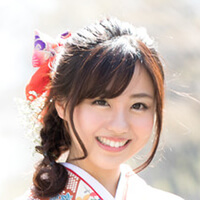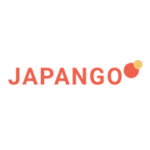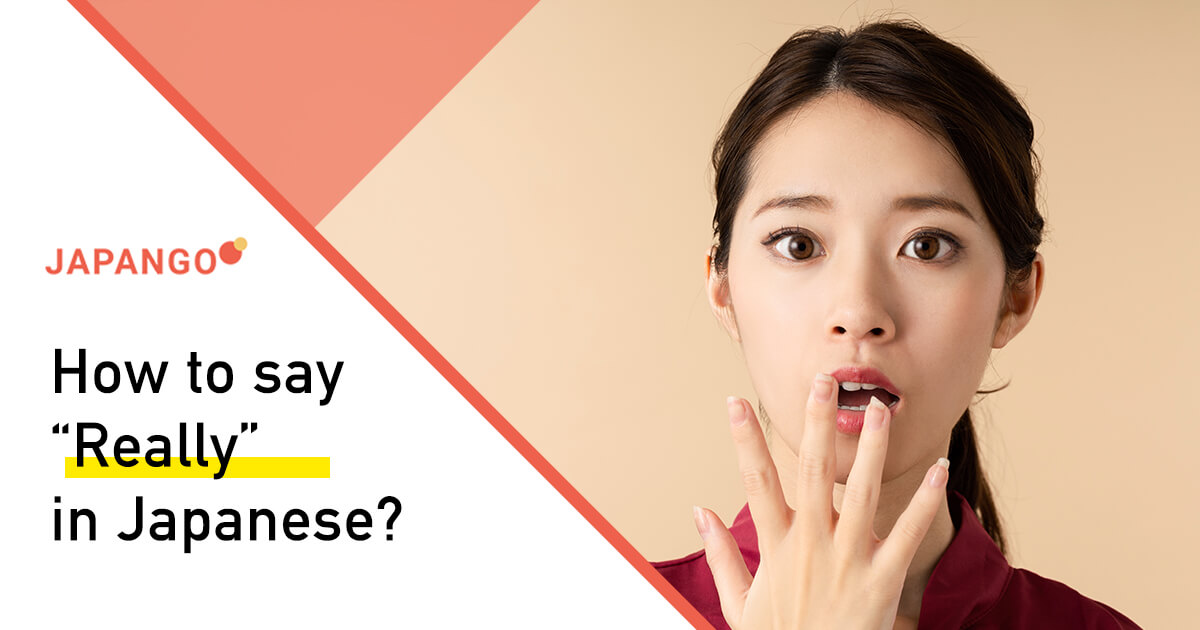Question
I have just joined a baking class and there is another Japanese student who has just joined as well.
Since both of us are new, I thought I would greet her in Japanese.
How do Japanese people say “Hi” or “Hello” when they see each other?

Answer by Professional Japanese Teacher
There is no fixed equivalent for “Hi” in Japanese. There are many ways of greeting people in Japanese.
It depends on the time of the day, level of politeness, social hierarchy, relationship with the person, the occasion, and many more.
For a start, I will introduce three basic greetings or あいさつ aisatsu as we call it in Japanese.
こんにちは
Konnichiwa
Hi / Good afternoon
The most common way to say “hello” in Japanese is probably konnichiwa. This word means “hello” in a general sense but it’s more like saying “good afternoon” in English as it is mostly used between 11 am and 6pm.
Be careful not to pronounce this as “ko-ni-chi-wa”. It’s “kon-ni-chi-wa”.
For other times of the day, you can use the next two phrases:
おはようございます
Ohayoogozaimasu
Good morning
You can say Ohayoogozaimasu when you see your boss, teacher, or someone senior, either in terms of age or hierarchy, any time in the morning until 11am.
Gozaimasu makes this phrase polite, so if you wish to say hi to your friends in the morning, you can drop gozaimasu and just say Ohayoo!
こんばんは
Konbanwa
Good evening
This expression is used to greet someone when you see them in the evening from 6pm onward.
There is an interesting fact about the origin of the expression if you look at the kanji version.
The kanji version of konbanwa is 今晩(こんばん)は.
今晩(こんばん) means “tonight” and konbanwa is originally part of a longer phrase used in writing such as 今晩(こんばん)は冷(ひ)えますね Konban wa hiemasu ne (It’s getting chilly tonight) or 今晩(こんばん)は月(つき)がきれいですね Konban wa tsuki ga kirei desune (The moon is beautiful tonight).
As such expressions became more popular over time, the second half of the expression was dropped and only “konbanwa” remained as a greeting.
Since it was originally part of a longer phrase, it makes sense to write or type konbanwa as こんばんは instead of こんばんわ because は is a topic marker.
If you are very particular about getting things right, stick to こんばんは in writing.
======
There you go, you can now greet someone with the above three basic ways. Incidentally, these greetings are also based on the time of the day. For more greetings and how to say “Hello” in different scenarios, click here.


